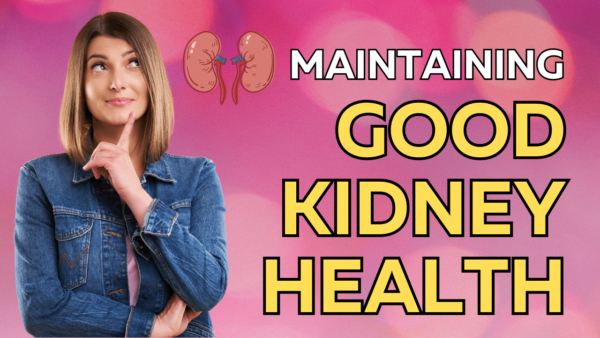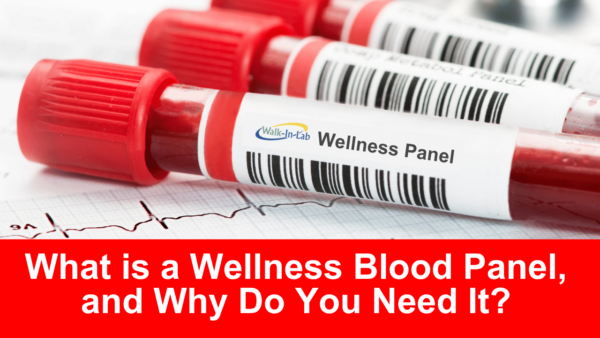Introduction to Stroke and Its Urgency
If the blood supply to an area of your brain is reduced or reversed, brain tissue will be deprived of oxygen and nutrients. In a few minutes, brain cells will begin to die. This is known as a stroke. This medical emergency requires prompt treatment to minimize brain damage and potential complications. Recognizing the early signs of a stroke and understanding the importance of immediate medical intervention can be life-saving.
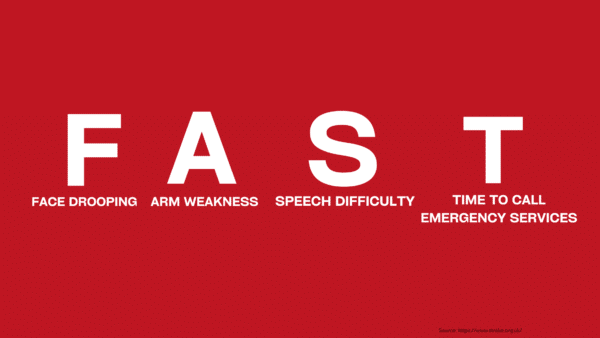
Early Signs of Stroke: The First Line of Defense
The acronym F.A.S.T. is a simple way to remember the sudden signs of a stroke:
- Face Drooping: Does one side of the face droop or is it numb? Ask the person to smile.
- Arm Weakness: Is one arm weak or numb? Ask the person to raise both arms. Does one arm drift downward?
- Speech Difficulty: Is speech slurred, are they unable to speak, or hard to understand? Ask the person to repeat a simple sentence.
- Time to call emergency services: If someone shows any of these symptoms, even if the symptoms go away, call emergency services right away.
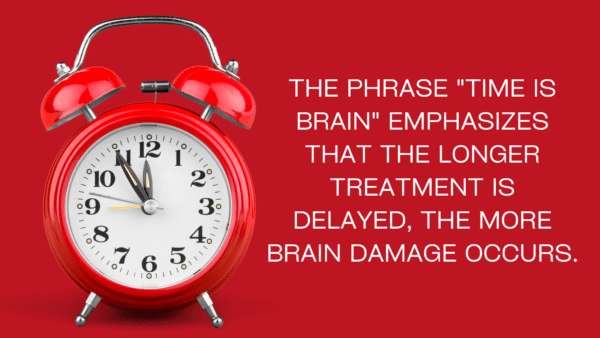
Why Time Matters in Stroke Treatment
The phrase “time is brain” emphasizes that the longer treatment is delayed, the more brain damage occurs. Treatment options for stroke improve significantly if the condition is diagnosed and treated within the first three hours of the first symptoms. Quick response to a stroke event can be the difference between a temporary disability and long-term damage.
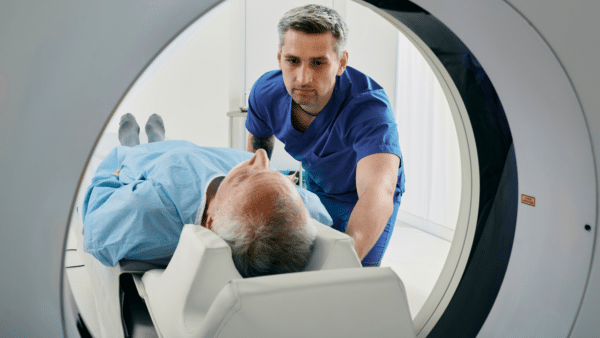
Diagnostic Tests for Stroke
Upon arriving at a hospital, immediate action is taken to determine the most appropriate treatment. The type of stroke — ischemic or hemorrhagic — dictates the treatment approach. Various diagnostic tools are used:
Imaging Tests
- Computed Tomography (CT) Scan: This is often the first test done in an emergency room for suspected stroke patients. It can show areas of ischemia, hemorrhage, or experienced stroke.
- Magnetic Resonance Imaging (MRI): MRI uses magnetic fields to detect brain tissue damaged by an ischemic stroke and to identify brain hemorrhages.
Other Diagnostic Tools
- Carotid Ultrasound: This examines the carotid arteries in the neck to check for atherosclerotic narrowing or clotting, which can lead to strokes.
- Cerebral Angiogram: This provides a detailed view of the arteries in the brain and neck, detecting abnormalities.
- Echocardiogram: To check for heart-source clots that could travel to the brain causing stroke.

Treatment and Recovery: The Path Forward
Treatment depends on the stroke type. Ischemic strokes may be treated with clot-busting drugs, while hemorrhagic strokes might require surgery to relieve pressure on the brain. Rehabilitation, involving physical, occupational, and speech therapy, often begins in the hospital and can continue for months or years.
Conclusion: The Power of Knowledge and Prompt Action
Understanding and interprating the signs of a stroke, the importance of timely intervention, and the diagnostic processes involved can significantly impact outcomes. Awareness and education are crucial in improving stroke survival rates and reducing the severity of post-stroke disabilities.

